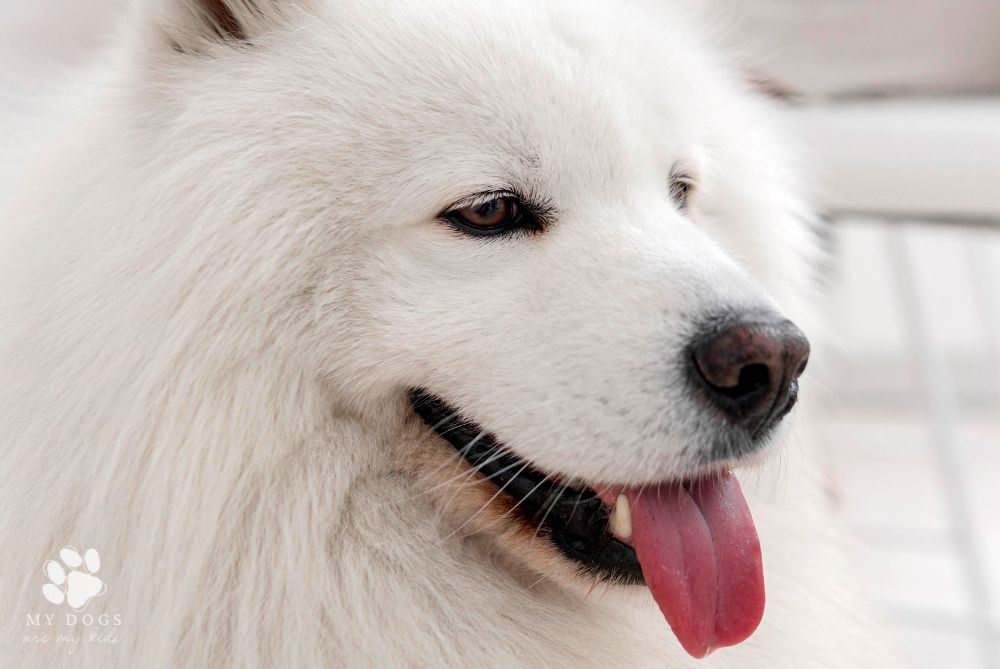Do Dog’s Whiskers Grow Back? The Science Behind It!
This post may contain affiliate links, which means I’ll receive a commission if you purchase through my links, at no extra cost to you. We are a participant in the Amazon Services LLC Associates Program, an affiliate advertising program designed to provide a means for us to earn fees by linking to Amazon.com and affiliated sites.
As humans, we groom ourselves regularly. We trim our hair, shave our whiskers, and pluck our eyebrows. But have you ever wondered what would happen if you just stopped grooming altogether?
Would your hair keep growing and growing until it reached the ground?
Disclaimer: The medical/health information is provided for general informational and educational purposes only and is not a substitute for professional advice. Read more.
In the animal kingdom, there is a wide variety of grooming habits. Cats groom themselves meticulously, while dogs will give themselves a good shake every now and then. But what about their whiskers?
Do dog’s whiskers grow back if they fall out?
Interestingly, the answer is (mostly) yes! Dog’s whiskers are deeply rooted in their skin and will (usually) grow back if they are lost.
However, the new whiskers may not be the same length or thickness as the original ones. So, if you’re ever curious about what your dog would look like with a different hairstyle, you can always give them a little trim and see how it goes!
Why wouldn’t they grow back?
A dog’s whiskers can be permanently damaged or even fall out if they are not properly cared for.
Whiskers are highly sensitive and are used by dogs to help them navigate their environment. They are able to pick up on subtle changes in air movement and pressure, which helps them avoid obstacles and detect predators.
This is why it is so important to never trim a dog’s whiskers. If a dog’s whiskers are damaged, they may never grow back the same.
The whiskers may be shorter, thinner, or even completely missing in some spots. This can greatly impact a dog’s ability to navigate their environment and could even put them in danger.
How long does it take for a dog’s whiskers to grow back?
It can take anywhere from a few weeks to a few months for a dog’s whiskers to grow back. The exact time frame depends on the individual dog and the circumstances.
For example, if a dog has just had a litter of puppies, it may take longer for the whiskers to grow back in. The length of time it takes for a dog’s whiskers to grow back also depends on how the whiskers were lost in the first place.
If the whiskers were pulled out, it will take longer for them to grow back than if they were simply trimmed.
Are all dogs’ whiskers the same?
There are a variety of factors that contribute to the length, thickness, and curliness of a dog’s whiskers.
For example, whiskers are generally longer and thicker on breeds with longer faces, like Collies and Basset Hounds. Conversely, dogs with shorter faces, like Pugs and Bulldogs, tend to have shorter and thinner whiskers.
In addition, the texture of a dog’s whiskers can vary depending on the individual. Some dogs have coarse, bristly whiskers, while others have soft, downy whiskers.
There are a few things that all dogs’ whiskers have in common, however:
First, whiskers are highly sensitive. They are connected to nerve endings that send information to the dog’s brain about the surroundings. This helps the dog navigate in the dark and helps to avoid obstacles.
Whiskers are sensory organs, and each hair follicle is connected to a nerve ending. This means that dogs can feel even the slightest touch to their whiskers.
When a dog is exploring new territory, their whiskers help them map out their surroundings and determine if there are any potential dangers lurking about. When they’re hunting, their whiskers help them track prey by picking up on vibrations in the air.
Second, whiskers are constantly growing. While they may break off at the tips, they will eventually grow back.
Finally, all dogs use their whiskers as part of their communication. For example, a dog may lower his whiskers when he is feeling submissive or raise them when he is feeling aggressive.
When a dog is feeling anxious or threatened, their whiskers may lay flat against their face. This is often an indication that the dog is uncomfortable and may be preparing to defend itself.

